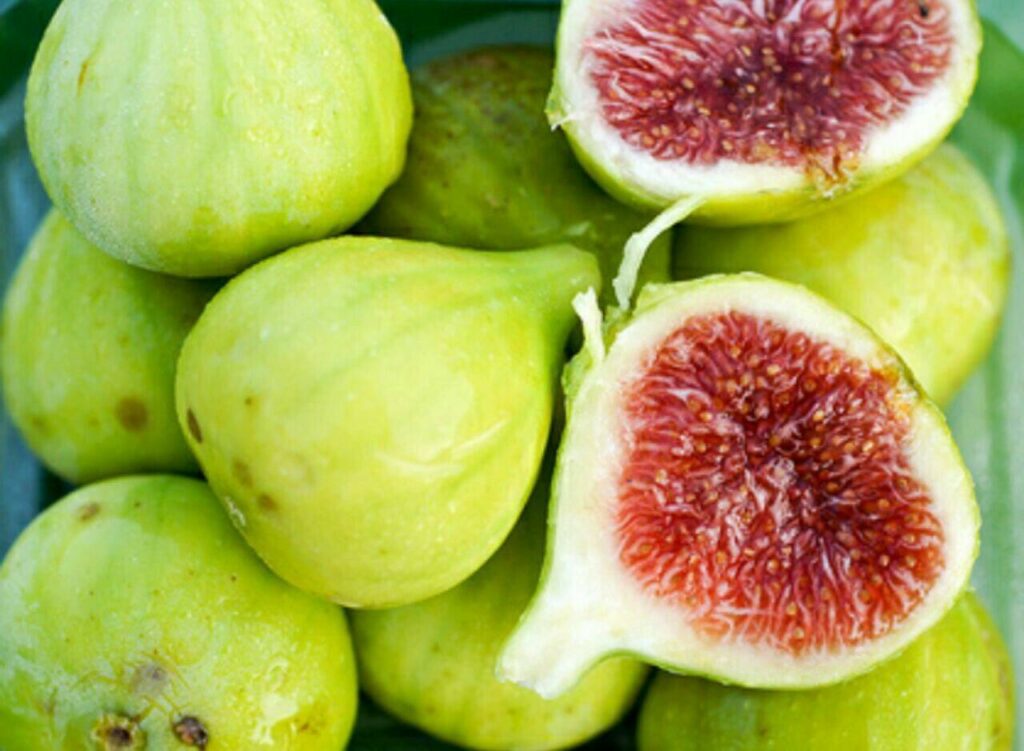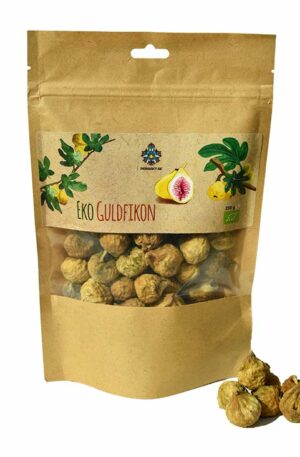
- by soheil
- food / useful article
- May 31, 2023
- Post Views: 1,056
- 0
The fig is a unique fruit with a rich history and a variety of remarkable properties. In this article, we will explore the fig and its distinctive characteristics, highlighting its nutritional value, health benefits, and culinary uses.
fig Introduction
The fig, scientifically known as Ficus carica, is a fruit that has captivated people for centuries. With its succulent flesh, sweet taste, and distinct texture, it has become a beloved ingredient in various cuisines around the world. However, the fig is not just a delicious fruit; it also boasts several unique properties that set it apart from other fruits. In this article, we will delve into the nutritional composition of figs, explore their potential health benefits, and discover the many ways they can be incorporated into our daily lives.

Nutritional Value of Figs
Figs are a nutrient-dense fruit, packed with essential vitamins, minerals, and dietary fiber. They are a rich source of antioxidants, such as polyphenols, which help protect the body against oxidative stress and inflammation. Additionally, figs are an excellent source of vitamins C and K, potassium, and manganese. These nutrients play crucial roles in supporting overall health, promoting proper immune function, and maintaining healthy bones.
Health Benefits of Figs
The consumption of figs has been associated with numerous health benefits. One notable advantage is their potential to aid digestion. Figs are a good source of dietary fiber, which can promote regular bowel movements and prevent constipation. Moreover, their natural enzymes can enhance digestive processes, improving nutrient absorption and reducing the risk of gastrointestinal disorders.
Furthermore, figs may contribute to heart health. The soluble fiber found in figs can help regulate cholesterol levels, reducing the risk of heart disease. Additionally, their potassium content supports healthy blood pressure levels, further protecting cardiovascular health.
Figs also contain compounds that exhibit antimicrobial properties, making them potentially beneficial for fighting certain infections. Studies have shown that the active compounds in figs have antimicrobial effects against various bacteria and fungi, suggesting their potential as a natural alternative to conventional antimicrobial agents.
Moreover, figs have been linked to potential anticancer properties. Some studies suggest that the antioxidants and phytochemicals in figs may help inhibit the growth of cancer cells and reduce the risk of certain types of cancer, such as breast and colon cancer. However, further research is needed to fully understand and validate these findings.
Culinary Uses of Figs
Figs have a versatile nature and can be enjoyed in various culinary creations. They can be eaten fresh or dried, both of which offer distinct flavors and textures. Fresh figs are lusciously sweet with a delicate, slightly grainy texture, making them a perfect addition to fruit salads, desserts, or even as a standalone snack. Dried figs have a chewy consistency and a more concentrated sweetness, making them a popular choice for baking, trail mixes, and energy bars.
Furthermore, figs can be incorporated into savory dishes, adding a unique and complex flavor profile. They pair well with various ingredients, such as cheese, cured meats, and nuts, creating delightful combinations in salads, pizzas, and appetizers.
Conclusion:
In conclusion, the fig is a remarkable fruit with exceptional qualities. Its nutritional value, potential health benefits, and culinary versatility make it a valuable addition to any diet. Whether enjoyed fresh or dried, in sweet or savory dishes, the fig’s distinctive taste and texture continue to captivate taste buds around the world






